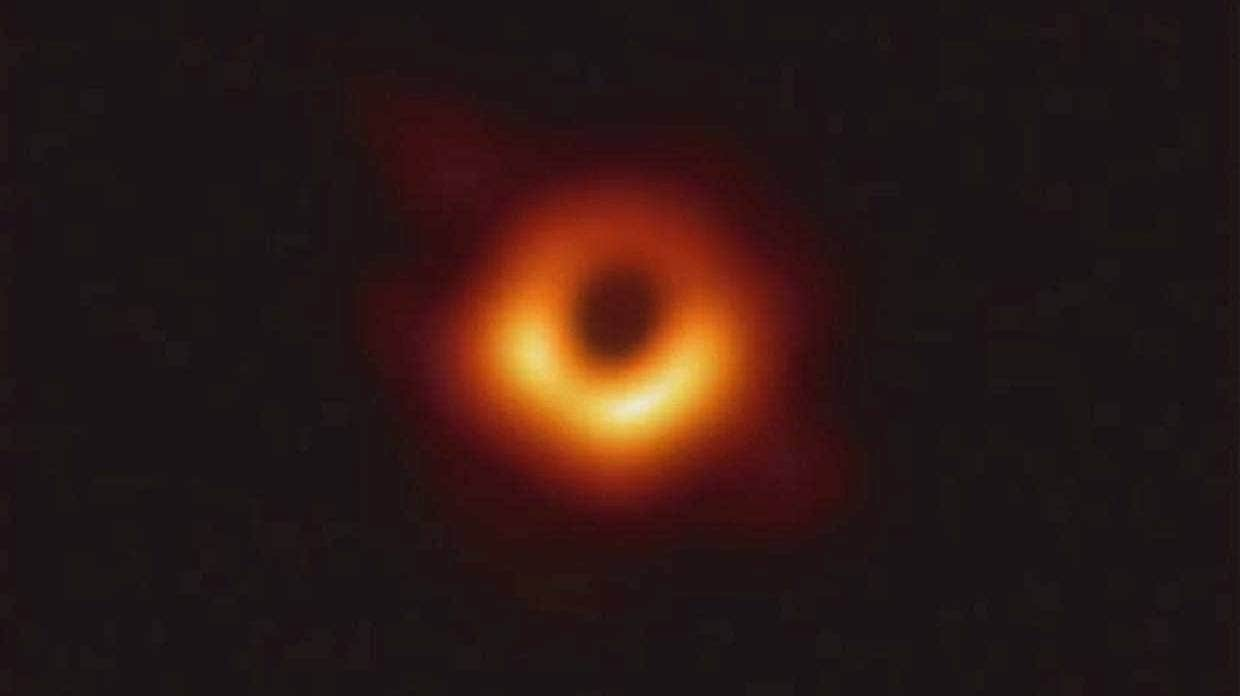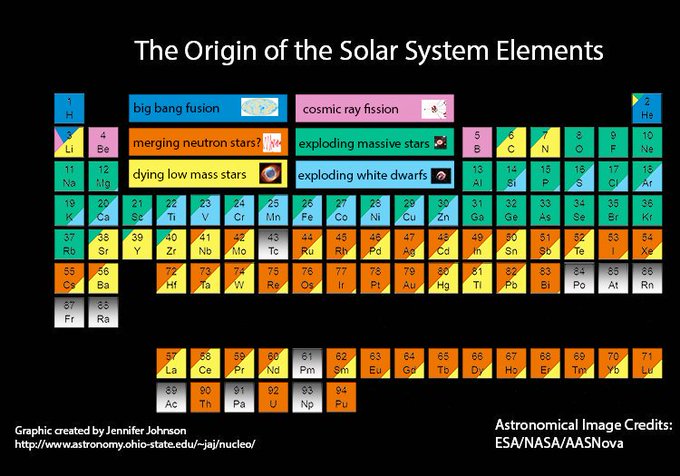Science!
-
@machpants said in Science!:
Scientific basis for the story of Sodom & Gomorrah
Interesting ongoing analysis of the claims in this (and linked) twitter thread:
-
Astronomers discover something invisible near the centre of the galaxy that's blasting out mysterious signals
Mysterious signals unlike anything ever seen before have been detected coming from the direction of the galactic centre, baffling astronomers.
The signal "switches on and off apparently at random" and the object it's coming from is invisible, according to a new paper published this week.
"At first we thought it could be a pulsar - a very dense type of spinning dead star - or else a type of star that emits huge solar flares," said Ziteng Wang, University of Sydney PhD student and lead author.
"But the signals from this new source don't match what we expect from these types of celestial objects."
Related News
Related: The Kaikoura Lights UFOs remain one of New Zealand's biggest mysteries.
Dozens of planets might have civilisations that know about Earth - study
Scientists are calling the seismic signal a "marsquake".
Given the catchy name ASKAP J173608.2-321635, named after its coordinates in the sky, the object was first spotted in 2021 using the Australian Commonwealth Scientific and Industrial Research Organisation's ASKAP radio telescope in Western Australia.
"Looking towards the centre of the galaxy, we found ASKAP J173608.2-321635," said Wang's PhD supervisor Tara Murphy. "This object was unique in that it started out invisible, became bright, faded away and then reappeared. This behaviour was extraordinary."
When Prof Murphy says "became bright", she means in the radio spectrum - increasing its output by a factor of 100, before disappearing. It doesn't appear to give off any visual or infrared energy, making it invisible to the naked eye. It also couldn't be detected using telescopes designed to find X-ray signals, Wang said.
Rocket Lab's Peter Beck reveals where he thinks extraterrestrial life might be found
The signals are coming from a spiral galaxy similar to the one pictured.
Mysterious radio signals repeatedly emitting from single source in space
The strange signal was picked up six more times in 2020, then went quiet. When it returned, the mystery only deepened.
"Luckily, the signal returned, but we found that the behaviour of the source was dramatically different - the source disappeared in a single day, even though it had lasted for weeks in our previous ASKAP observations," said Prof Murphy.
The paper, published in The Astrophysics Journal on Tuesday, suggests it might be "a low-mass star/substellar object with extremely low infrared luminosity, a pulsar with scatter-broadened pulses, a transient magnetar, or a Galactic Center radio transient [GCRT]". But none of those explanations really fit, according to what astronomers currently know about them.
The latter seems the best candidate, with one of the team suggesting the new signal has "some parallels" with a previously discovered signal dubbed the 'Cosmic Burper', including its location.
"While our new object... does share some properties with GCRTs there are also differences," said Wang's co-supervisor, David Kaplan from the University of Wisconsin-Milwaukee. "And we don't really understand those sources, anyway, so this adds to the mystery."
More clues might be found when the Square Kilometre Array telescope - which will have dishes across the globe - goes online sometime in the next decade.
-
@no-quarter Not going to happen. Way too expensive.
-
-
Watched an Episode on Nat Geo Super Structures, Engineering Marvels, which was on the construction of the International Space Station.
It was excellent!
Talks about the construction of it, oxygen, water, impact from objects in space, was really interesting.
-
Interesting read, not sure where else to put this.
-
I know the vastness of space, 4,000,000 km is pretty close, but still...
Leonard swung extremely close to Venus at the weekend, coming within 4 million kilometres.
-
-
-
@taniwharugby Great video. I'm always fascinated by fluid dynamics, particularly aerodynamics in motorsport where they determine the correct amount of flow and where to place the boundary between laminar and turbulent flow - best seen in Formula 1.
-
-
In the study of nearly 1.7 million women, the vaccine’s efficacy was particularly pronounced among girls vaccinated before age 17, among whom there was a nearly 90% reduction in cervical cancer incidence during the 11-year study period (2006 through 2017) compared with the incidence in women who had not been vaccinated.
-
Stimulating spinal cord helps paralysed people to walk again
-
-
Now we turn to phenylephrine. As you can see, that's a somewhat different structure - there's a phenol on the aryl ring, and there's no longer a chiral methyl group bretween the hydroxy and the N-methyl.Oh yes absolutely. Stood out like dogs bollocks

-
Pretty cool, but at the same time also a bit lame...
To get the picture the eight telescopes had to co-ordinate so closely “in a process similar to everyone shaking hands with everyone else in the room”, said astronomer Vincent Fish of the Massachusetts Institute of Technology.
The project cost nearly US$60 million with US$28 million coming from the US National Science Foundation.
“What’s more cool than seeing the black hole at the centre of our own Milky Way,” said California Institute of Technology's Katherine Bouman.


